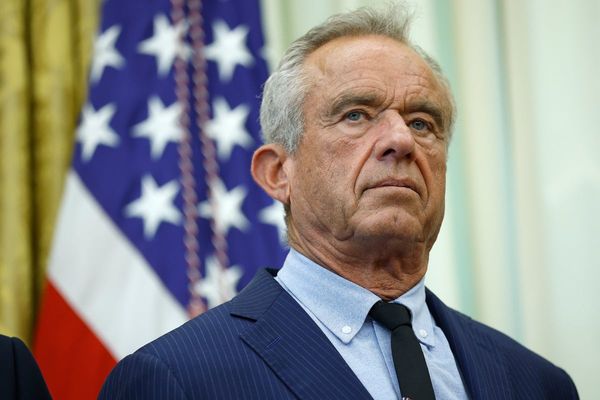The jet engine technology deal announced during Prime Minister Narendra Modi’s visit to the U.S. bears some resemblance to the India-U.S. Civil Nuclear Deal in the manner it was pushed through by Washington and New Delhi. However, experts say it will probably fare better than the nuclear deal in producing an actual commercial deal between General Electric and Hindustan Aeronautical Limited (HAL) for the joint production of GE-F414 jet engines in India, given some of the preparatory moves taken, and the strong push by the U.S. administration to provide India technology currently only available to three other countries — Russia, U.K. and France.
As a result, the jet engine deal could defeat some of the scepticism around previous big ticket India-U.S. deals that didn’t result in a deal, like the NPCIL-Westinghouse MoU for six nuclear reactors in Andhra Pradesh first signed in 2009 and held up by Indian regulations, or the Petronet-Tellurian deal for investment in an LNG project in the U.S. signed in 2019, or even the previous round of negotiations between India and the U.S. over jet engine Transfer of Technology (ToT) that were held under the Defence Technology and Trade Initiative (DTTI) framework from 2012-2019 before being shelved over U.S. export regulations.
According to former Ambassador Arun Singh, who has been a member of the National Security Advisory Board and is a Fellow at the Carnegie India think tank that works on India-U.S. technology issues, many steps had been taken prior to the GE-F414 announcement that makes this case different from the last round of talks and the nuclear deal. A number of other agreements signed between India and the U.S. over the past decade, including the declaration of India as a “major defense partner” in 2016, the Strategic Trade Authorisation-1 (STA-1 Status) in 2018, the signing of four “foundational agreements” between the two militaries, have built trust between them. The launch of the Initiative on Critical and Emerging Technology (iCET) between National Security Advisors (NSAs) and Strategic Trade Dialogue set up between the two governments would help resolve any issues that crop up, he added.
“Even over this jet engine deal, there was the usual bureaucratic questioning and scepticism. But a push came from the U.S. National Security Council [NSC], basically saying that the President [Biden] wants this done. So like in the case of the civil nuclear agreement that President Bush himself had to push through, this time it was Mr. Biden and the U.S. NSC saying that they want to take the relationship with India to a different level,” said Mr. Singh, who served as Ambassador to Washington (2015-2016) and was the Deputy Chief of Mission there (2008-2013) as well.
Former NSA Shiv Shankar Menon said that much will depend on how quickly GE and HAL are able to hammer out an agreement on manufacturing the jet engines.
“Most of the major technology transfer and manufacturing agreements listed in the [India-U.S.] joint statement are aspirational- whether it is the GE jet engine ToT or the Micron plan to set up a semiconductor plant in India. They still have to work out details. Apart from the U.S. regulatory framework another potential roadblock is our capability to absorb technology. For a partnership in joint manufacturing to be successful, both sides should be as competent,” said Mr. Menon, who as NSA (2010-2014) and Foreign Secretary (2006-2009) had worked on the nuclear deal as well as the original DTTI talks.
Mr. Singh said the facilitation of the jet engine deal was part of a larger “message” by the Biden administration to the U.S. establishment and to other countries that the U.S.-India relationship was headed towards more high-tech and tech-transfer deals. “This will enthuse businesses, who are not involved in this sector to say, let’s look at high-level technology partnerships in other areas.”
In addition, he said that the U.S.’s decision to offer ToT to India despite India’s contrary position on Russia and dependence on Russian hardware means that the U.S. “has come to accept” India’s strategic autonomy, and that a stronger India is in the U.S.’s interest as it can pose a deterrent to China.
The next step in the jet engine deal negotiations will begin once the U.S. Congress notification is cleared, the experts said, which will come through in 30 days, so long as no objections are raised in the House.







